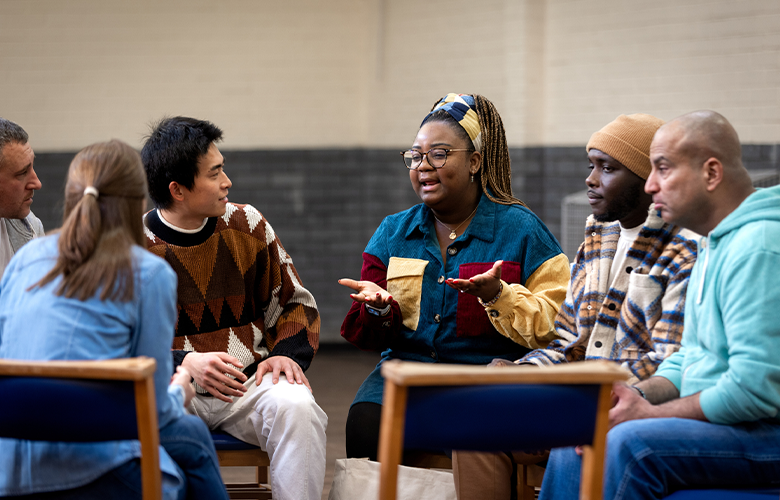
City and county health departments play a crucial role in planning, supporting, and funding programs to prevent suicide, overdose, and adverse childhood experiences (ACEs). From educating families about reducing access to means of suicide to distributing Narcan kits to running early childhood home visiting programs for at-risk families, local health jurisdictions (LHJs) have a lot to offer. Sometimes, however, these kinds of services can be crisis-oriented and may not be well-coordinated across program types and thus, not cost-effective.
In my work as a training and technical assistance provider with LHJs, I have seen communities with funding for suicide, overdose, and ACEs prevention focus on individual services rather than looking at their shared root causes, which are high levels of risk factors and low levels of protective factors. I recently had the opportunity to work with other EDC staff to support five LHJs from across the country in creating approaches to preventing these three difficult issues at their intersection. With funding from the National Association of County and City Health Officials (NACCHO), we facilitated a learning community (LC) to adapt EDC’s Community-Led Suicide Prevention toolkit for use in addressing suicide, overdose, and ACEs prevention together.
First, we helped participants develop strong community partnerships. Participants then conducted an equity-focused assessment of shared risk and protective factors, using local or state data to pinpoint groups most in need of support and services. With suicide, overdose, and ACEs shared risk and protective factors in mind, the LHJs began to identify appropriate programs, practices, and policies to prevent these three public health challenges at the same time.
To bring this process to life, I’ll highlight one LHJ’s work in the LC. The team identified lack of school connectedness as a significant risk factor and connections to caring adults as a priority protective factor. Their data found that Native American teens in their area had the most pressing need for support. As this LHJ moves forward with its strategic planning, they will use this information to adopt strategies specifically designed for Indigenous students. Additionally, the team can consider whether their current crisis-focused initiatives could be aligned with their new prevention efforts.
Drawing on the experiences of LC participants, EDC created a resource guide to support other LHJs in this work. Addressing the Intersection of Suicide, Overdose, and Adverse Childhood Experiences: Guidance for Adapting Community-Led Suicide Prevention for Local Health Departments offers information and strategies on:
- Understanding shared risk and protective factors for suicide, overdose, and ACEs
- Recruiting partners that are reflective of the community and developing a shared vision
- Using data to understand and prioritize risk and protective factors and the strategies to address them
- Adapting strategies—policies, programs, and services—to fit the community’s needs
- Evaluating and communicating about efforts with sustainability in mind
Moving forward, my hope is that more LHJs will shift from focusing primarily on the immediate impacts of suicide, overdose, and ACEs to including prevention through their overlap. I believe that Addressing the Intersection will provide significant ongoing support for this movement.
| Lauri Solomon has provided technical assistance and training on a variety of public health topics including suicide, substance misuse, teen pregnancy, and HIV/STD prevention as well as managing grants and contracts for local and state health departments. |


Add new comment